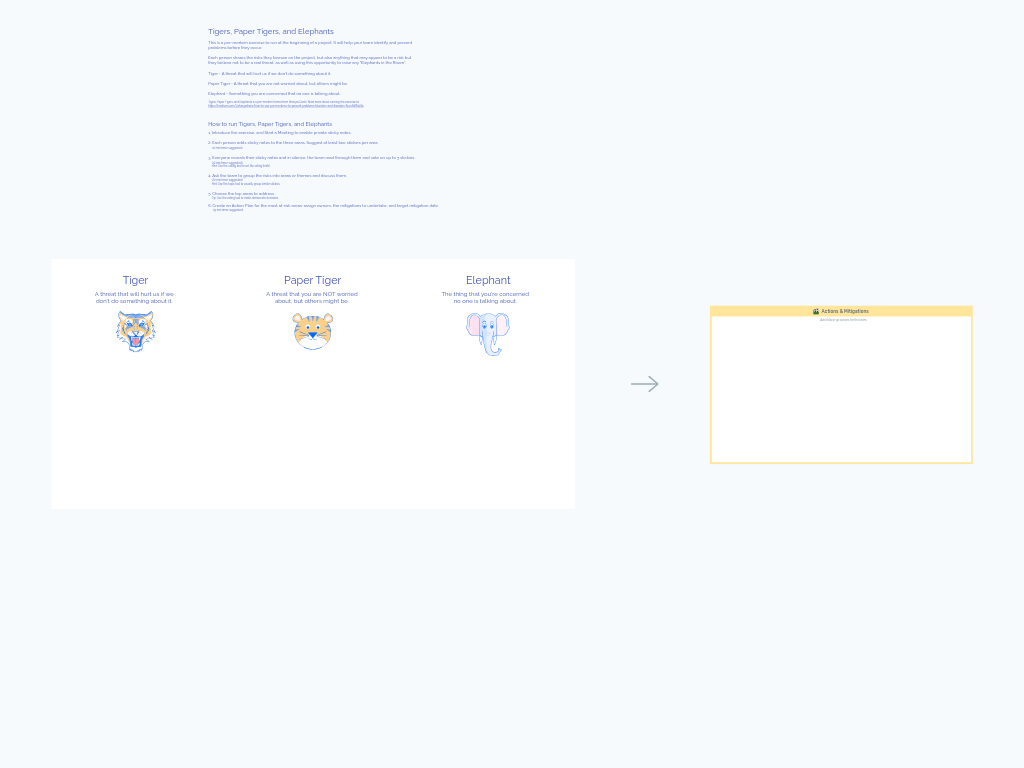Eisenhower Box: Task Prioritization Matrix for Agile Teams
The Eisenhower Box (also known as the Eisenhower Matrix or Urgent-Important Matrix) is a powerful prioritization framework that helps development teams distinguish between urgent and important tasks. Named after President Dwight D. Eisenhower, this 2×2 decision-making tool enables product teams to effectively organize backlog items, sprint tasks, and ongoing responsibilities based on their urgency and importance.
What Is the Eisenhower Box?
The Eisenhower Box is a prioritization framework that categorizes tasks across two dimensions: urgency and importance. The matrix creates four distinct quadrants that guide your decision-making process:
- DO (Urgent & Important): Tasks requiring immediate attention
- DECIDE (Important but Not Urgent): Tasks to schedule for later
- DELEGATE (Urgent but Not Important): Tasks to assign to others
- DELETE (Neither Urgent nor Important): Tasks to eliminate
The brilliance of this approach lies in its simplicity—by forcing you to evaluate tasks across these two critical dimensions, you gain clarity on what truly deserves your team's attention and resources.
Benefits & When to Use
The Eisenhower Box is particularly valuable for:
- Sprint planning sessions when prioritizing backlog items
- Product teams overwhelmed with competing priorities
- Development teams struggling with technical debt management
- Individual developers organizing personal task lists
- Scrum masters helping teams focus on high-value work
Teams using this template often report improved focus, reduced stress, and better alignment on priorities. It's especially effective when your team faces too many tasks with unclear priorities or when you need to make difficult trade-offs about what to work on.
How to Run an Eisenhower Box Session
Duration: 30-45 minutes
Set the stage (5 minutes)
- Explain the Eisenhower principle and the four quadrants
- Clarify the difference between "urgent" (time-sensitive) and "important" (high-value)
Generate task list (10 minutes)
- Have team members add sticky notes for all current tasks, backlog items, or responsibilities
- Ensure each task is clearly described and understood by the team
Sort tasks into quadrants (15 minutes)
- For each task, collectively assess:
- Is it urgent? (Does it require immediate attention?)
- Is it important? (Does it contribute significant value?)
- Place each task in the appropriate quadrant
- For each task, collectively assess:
Create action plans (10 minutes)
- DO quadrant: Assign owners and immediate timeframes
- DECIDE quadrant: Schedule specific times for these tasks
- DELEGATE quadrant: Identify who will handle these and by when
- DELETE quadrant: Officially remove these items from consideration
Review and commit (5 minutes)
- Ensure everyone understands their responsibilities
- Document decisions in your project management tool
Tips for a Successful Session
Be ruthless about the DELETE quadrant - Teams often struggle to completely eliminate tasks. Challenge yourselves to truly let go of low-value work.
Distinguish between "urgent" and "feels urgent" - Many tasks only feel urgent due to recency bias or squeaky-wheel stakeholders. Focus on true time sensitivity.
Revisit regularly - Priorities shift over time. Consider running this exercise at the beginning of each sprint or monthly.
Use clear definitions - Establish team-specific criteria for what constitutes "urgent" and "important" in your context.
Consider splitting large tasks - If a task seems to span multiple quadrants, it may need to be broken down into smaller components.
Keep it visible - After the session, maintain the matrix as a reference point during daily standups or team meetings.
The Eisenhower Box's strength lies in its ability to cut through the noise and help your team focus on what truly matters—allowing you to deliver more value with less stress.



